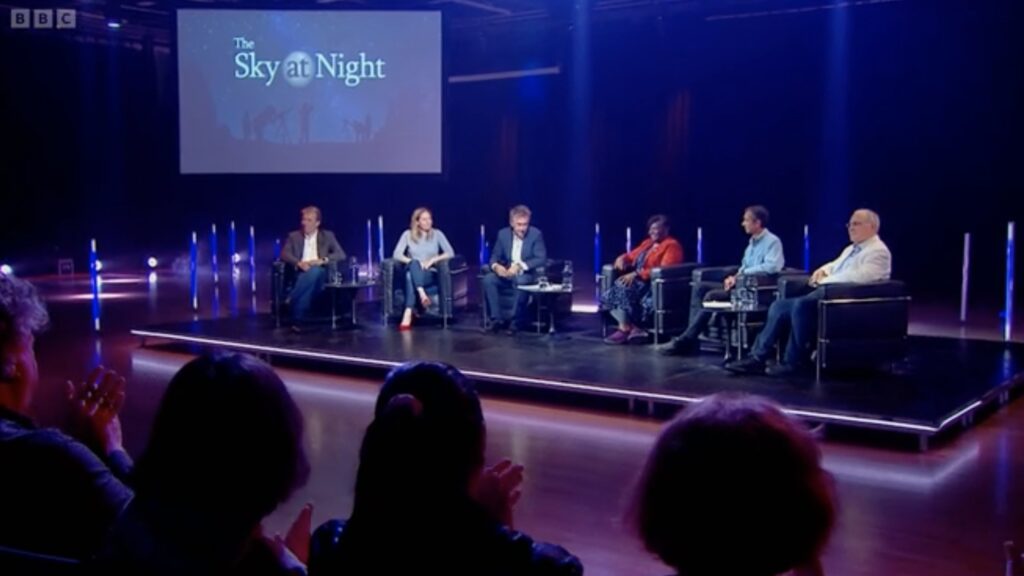
A special ‘Question Time’ edition of the programme, recorded at The Venue in De Montford University, Leicester, as part of the British Science Association’s annual science festival.

A special ‘Question Time’ edition of the programme, recorded at The Venue in De Montford University, Leicester, as part of the British Science Association’s annual science festival.
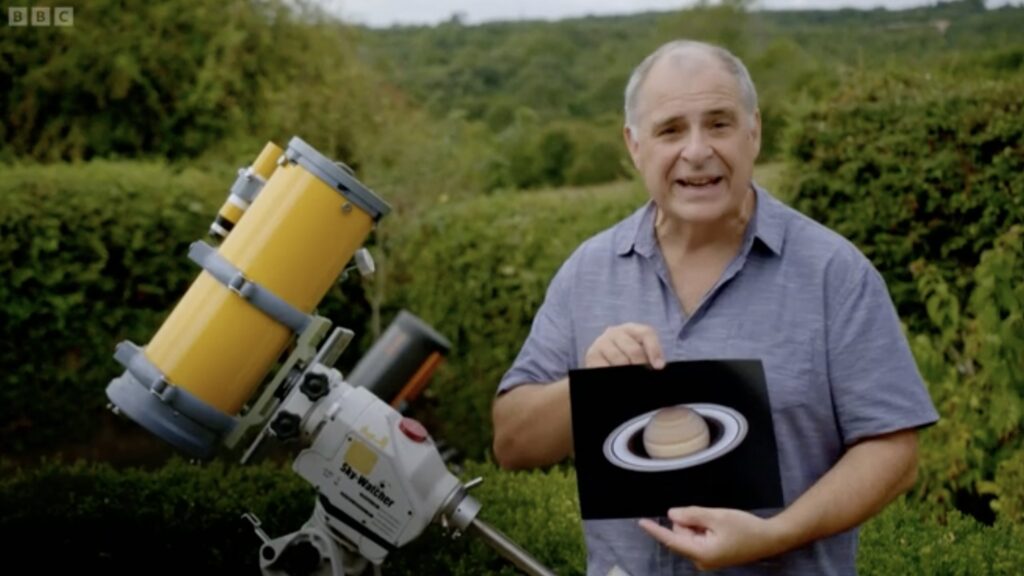
The Sky at Night turns its focus to the wonderful world of astrophotography, including a look at the new technology being built for the Very Large Telescope.
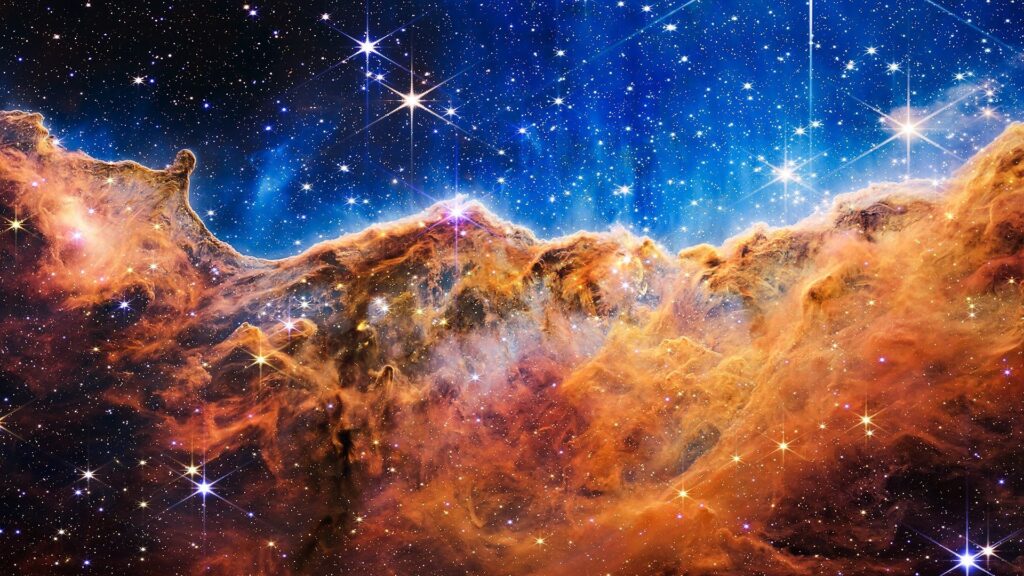
The Sky at Night team meets the scientists in the UK researching the astonishing new data returned by the James Webb Space Telescope.
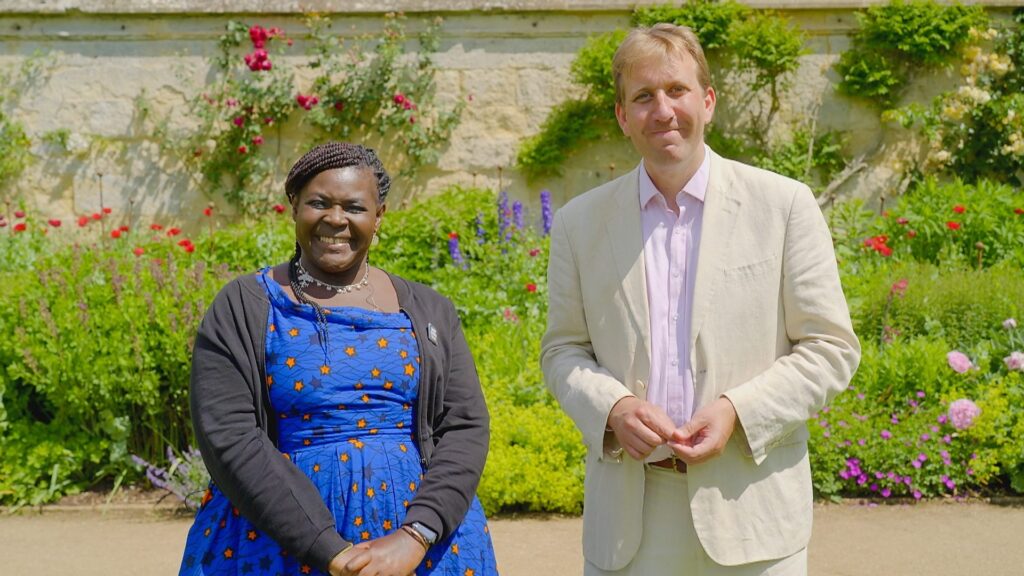
The British weather is often the enemy of stargazers up and down the country. A forecast of a couple of hours of cloud cover will disappoint even the most determined of amateur astronomers. So, this month, the Sky at Night becomes the ‘Sky at Day’ to provide an alternative range of spectacles to observe and activities to partake in, ideal when the nights are short, and the stars are hiding behind the clouds.
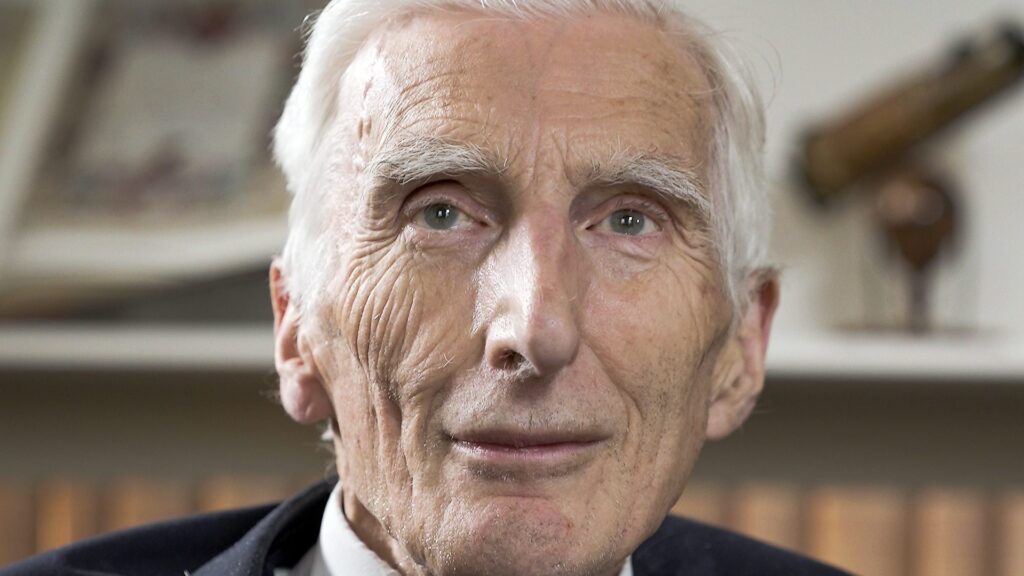
Martin Rees is perhaps Britain’s most renowned cosmologist. He was master of Trinity College, Cambridge, president of both the Royal Astronomical Society and the Institute of Physics, and has led the nation’s foremost science institution, the Royal Society. Now, about to celebrate his eightieth birthday, Lord Rees talks to Chris Lintott about his career in science.
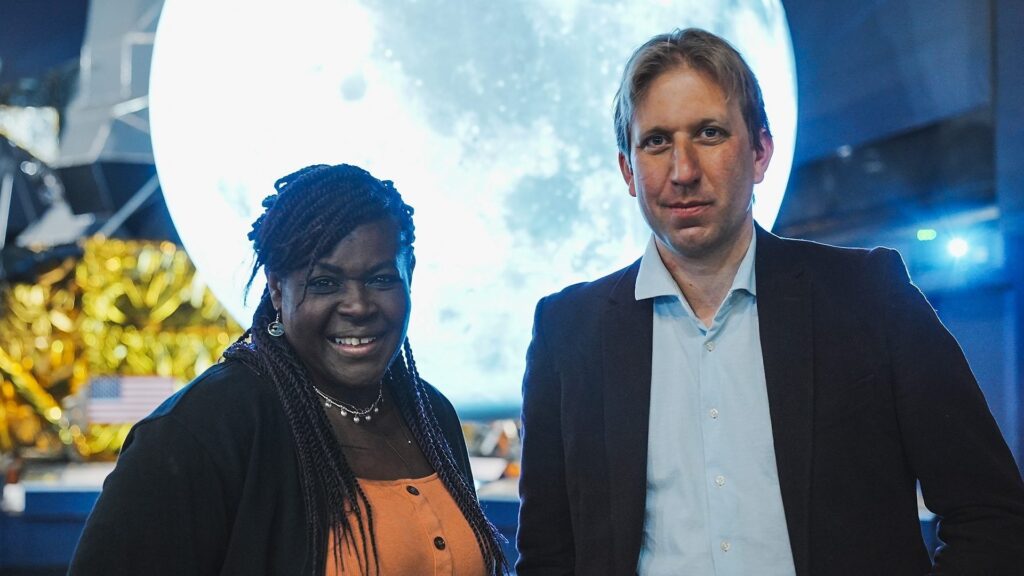
2022 marks the fiftieth year since an astronaut last stepped on the moon’s surface. We look back at the legacy of the Apollo programme and forward to the future of lunar exploration. Maggie and Chris visit the Science Museum in London, where Maggie discovers from space curator Doug Millard that one of the museum’s star attractions – Apollo 10’s command module – nearly did not make it back to Earth.
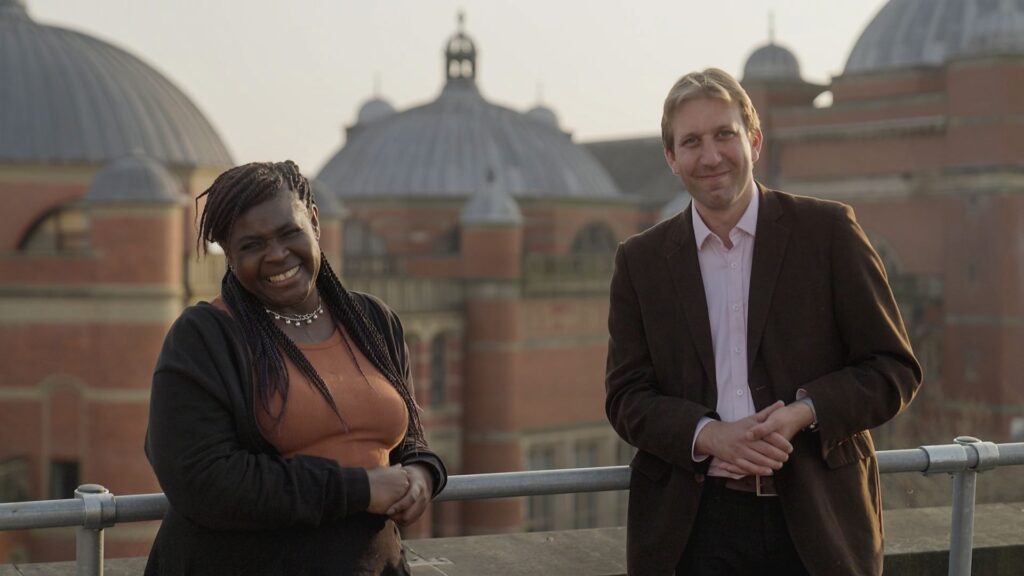
The Sky at Night team report on the new scientific methods being used to detect exoplanets and how the winter darkness of Antarctica is critical to their success.
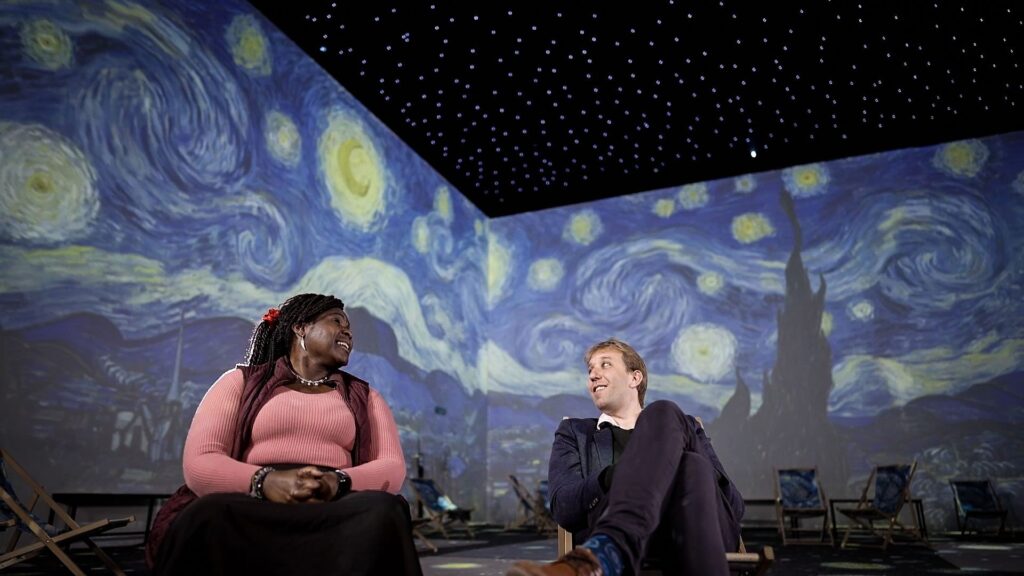
Dr Maggie Aderin-Pocock and Professor Chris Lintott visit the Van Gogh Immersive Experience to seek inspiration in one of the world’s most famous works of art, Starry Night. How can we mitigate the effects of light pollution so that the beauty of the night sky captured by Van Gogh might be preserved in the real world for future generations?
Images and data from satellites have made it easy for us to visualise the extent of the growing effects of light pollution around the world, but speaking with Professor Kevin Gaston from the University of Exeter, Chris discovers that our current estimates show that global light pollution could be much worse than past data suggests. Without satellites capable of analysing the light emitted from the now-popular bluer LED lighting, he estimates that the true levels of light pollution could be around 200% more than was previously thought. Kevin and Chris discuss how light pollution is not just a problem for astronomers but can have devastating effects
Chris and Maggie look back at some of the stories they have covered in 2021 in the Sky at Night’s big review of the year.
The Sky at Night team explore the history of the telescope – from Harriot and Galileo's lunar observations to the Hubble and James Webb space telescopes – revealing how developments in the power of lenses have increased our understanding of our place in the cosmos.